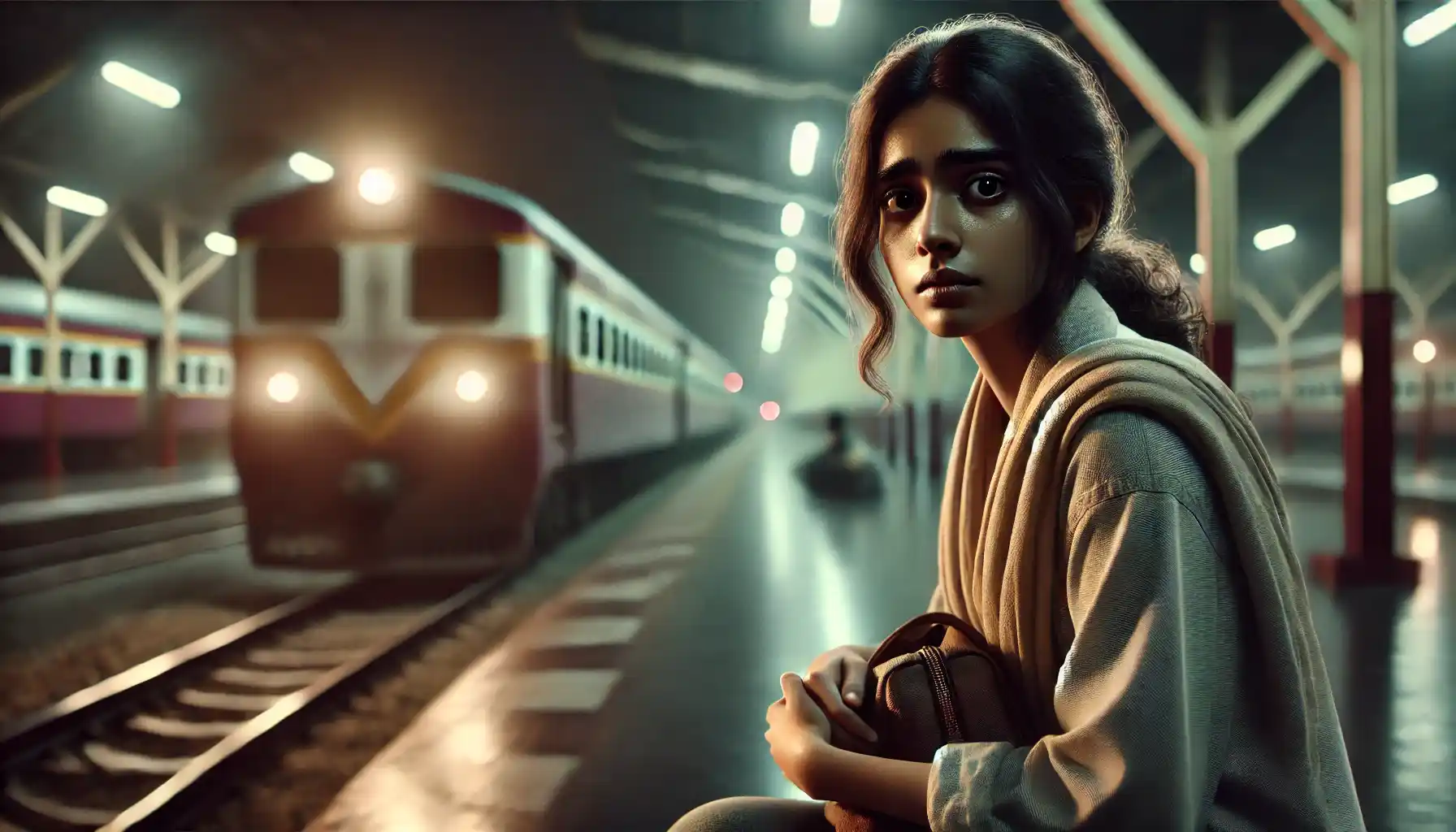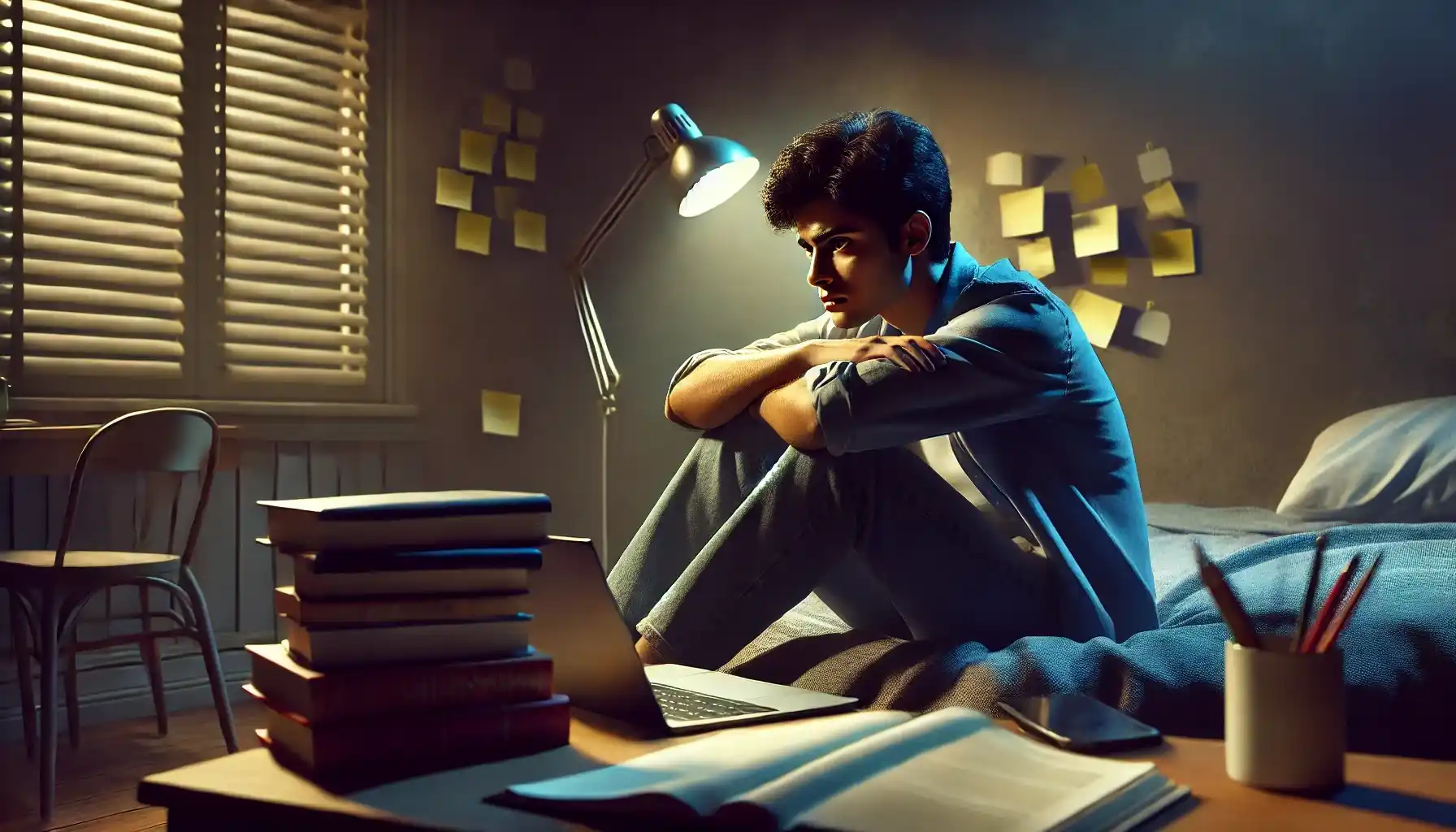Some movies make us hold our breath and then wonder: what if the characters had access to the technology we have? When you can track a phone by the number, find the right person or make a decision based on objective data – the situation unfolds quite differently.
Modern tools allow us not just to track the route of a loved one, but to prevent tragedies, avoid mistakes and act rationally. What if movie characters could use what we already have in our smartphones or any other modern technologies? Well, today we are going to tell you about some real-life movies with different dramatic leads – and show you how the story could have gone differently.

Films to Consider: Learn on Others’ Mistakes
Kahaani (2012) — Missing in a Strange City
Vidya Bagchi arrives in Kolkata, seven months pregnant and alone, to search for her missing husband. The city buzzes around her – indifferent, confusing, full of dead ends and silence where there should be answers and no one would like to help. With no trace of him and minimal help from authorities, Vidya is forced to rely solely on her instincts and courage. But what if one key technology had been in play?
Let’s imagine they had both installed a smart location-sharing app like Number Tracker before the trip. Due to the app you don’t just see a dot on a map, but can gain a long awaited peace of mind. The app silently tracks real-time movements, stores detailed location history, and allows users to create personalized “safe places”, e.g., home, workplace, or hotel. If the person steps outside those places, it sends an alert instantly. Even better, its AI assistant can spot irregular patterns, suggest the next step, or share critical data with selected contacts in case of emergency. You’re not guessing anymore – you are informed, and that makes all the difference.
In Vidia’s case, she wouldn’t have to rely on the half-truths of strangers, but access her husband’s last known whereabouts, see if he’d deviated from a familiar route, or find out if he’d even made it to this boarding house. And here it goes more than about technology as it is about turning panic into accuracy.
Tip to apply this in real life: Well, if you are traveling (especially solo or to an unfamiliar place) install a reliable app like Number Tracker with route sharing and AI monitoring. Then remember to share your stay address and rough itinerary with someone close, as in a real-life thriller, even five minutes can mean everything.
Talvar (2015) — When Truth Gets Lost in the Noise
In Talvar, we watch a murder case unravel into chaos. Different investigation teams push their own versions of events, each blaming someone else. With no solid evidence or timeline, truth becomes a guessing game, while the real story remains hidden.
Now picture a home with smart security cameras. Not the clunky ones from the past, but sleek devices that detect movement, record who comes and goes, and store everything safely in the cloud. In a case like Talvar, these cameras could have changed everything. Investigators wouldn’t need to rely on memory or conflicting witness statements – they’d have clear video, exact timestamps, and an unchangeable record of events.
In real life, this kind of setup both may solve crimes and also prevents misunderstandings. Imagine you get a notification when someone enters your home, can rewind and see what really happened, and know that the footage is safe, even if your camera is damaged or stolen. Here you may see how to make your home smarter and safer:
- Install cloud-based cameras with real-time uploads to prevent data loss.
- Choose devices with remote access so you can check your home anytime, anywhere.
- Look for systems that log activity like door openings, movement, and even faces.
According to a 2021 SafeTech report, homes with smart surveillance are 40% more likely to provide useful evidence during investigations or disputes. Sometimes the difference between chaos and clarity is as small as pressing “record.” In Talvar, that record was missing – but in your home, it doesn’t have to be.
Chhichhore (2019) — When the Signs Go Unnoticed
In the movie “Chhichhore,” what begins as a nostalgic college story takes a heartbreaking turn. A teenager, overwhelmed by his studies, tries to end his life after disappointing exam results. His loving and supportive parents did not expect this turn of events. What was the tragedy? The signs were there – subtle, quiet, but real.
In real life, such moments of emotional distress often unfold gradually. Today, however, technology can gently help spot changes we might miss. For example, wellness apps with installed AI are now intended not only to track steps or calories, but also emotional patterns: sudden sleep disruptions, unusual screen time switches, inactivity on social platforms, or even changes in the tone of messages.
Thus, apps like Wysa, an artificial intelligence mental health chatbot, and MindDoc, which tracks emotional patterns through daily check-ins, could detect early signs of distress. These tools track moods and perform coping exercises – all to catch quiet stress before it escalates. Some other mental health tools are even able to analyze these behavioral trends and prompt both the user and their loved ones to take action in time.
And if the character “Chhichhorу” was using a student wellness tracker, the sudden change in his behavior would not have gone unnoticed. And please don’t take this as an invasion of privacy (because it’s more of a call for communication and help). Please remember that these apps are not for monitoring, but for caring.
Well, how to use this information in reality? Start with choosing apps that offer passive emotional monitoring, without demanding constant input. Then the good idea is to encourage open conversations at home – tech can nudge, but empathy must follow from someone else.
Now you know about the problem, so remember that it is not about tracking every thought. It’s about creating an ecosystem where feeling “not okay” doesn’t go unnoticed and you will be near to support.

Highway (2014) — When Escape Becomes Complicated
In Highway, a bride-to-be is kidnapped on the eve of her wedding. But as she’s taken across rural landscapes, something unexpected happens – she begins to bond with her captor. This story is based on a girl’s trauma, emotional captivity (not about conventional crime) but the emotional state of the character raises critical questions: all about personal safety and autonomy. What if the protagonist had access to a smart emergency device – a wearable bracelet or ring with an SOS function? With one silent push of a button, her location could be shared with trusted contacts without even taking out her phone.
These days, smart wearable devices are sleek, discreet and life-saving, and if they are paired with apps that detect unusual movements – sudden stops, detours or prolonged inactivity – they can act quickly when you can’t. So, below you may see some tips on how to add an invisible layer of protection:
- Invest in safety-focused wearables that look like accessories but function like alarms.
- Set up geofences – when a user leaves a known area, alerts are triggered.
- Create code words or emojis with family for silent distress signals.
- Use behavior-based safety apps that respond to strange patterns, not just manual actions.
When life shifts from ordinary to unpredictable, seconds matter. And sometimes, safety means having a tool that listens – when you can’t speak.
The Future Is in Your Hands
Movies are moving because they are living stories. But in reality, we do not have to follow the same path. Today we have access to technologies that help us both to see the consequences and to prevent problems – and all at the right time when we can still make a difference. And while movies always have one scriptwriter, life can have several, and one of them is you, so choose the right life scenario on your own.
